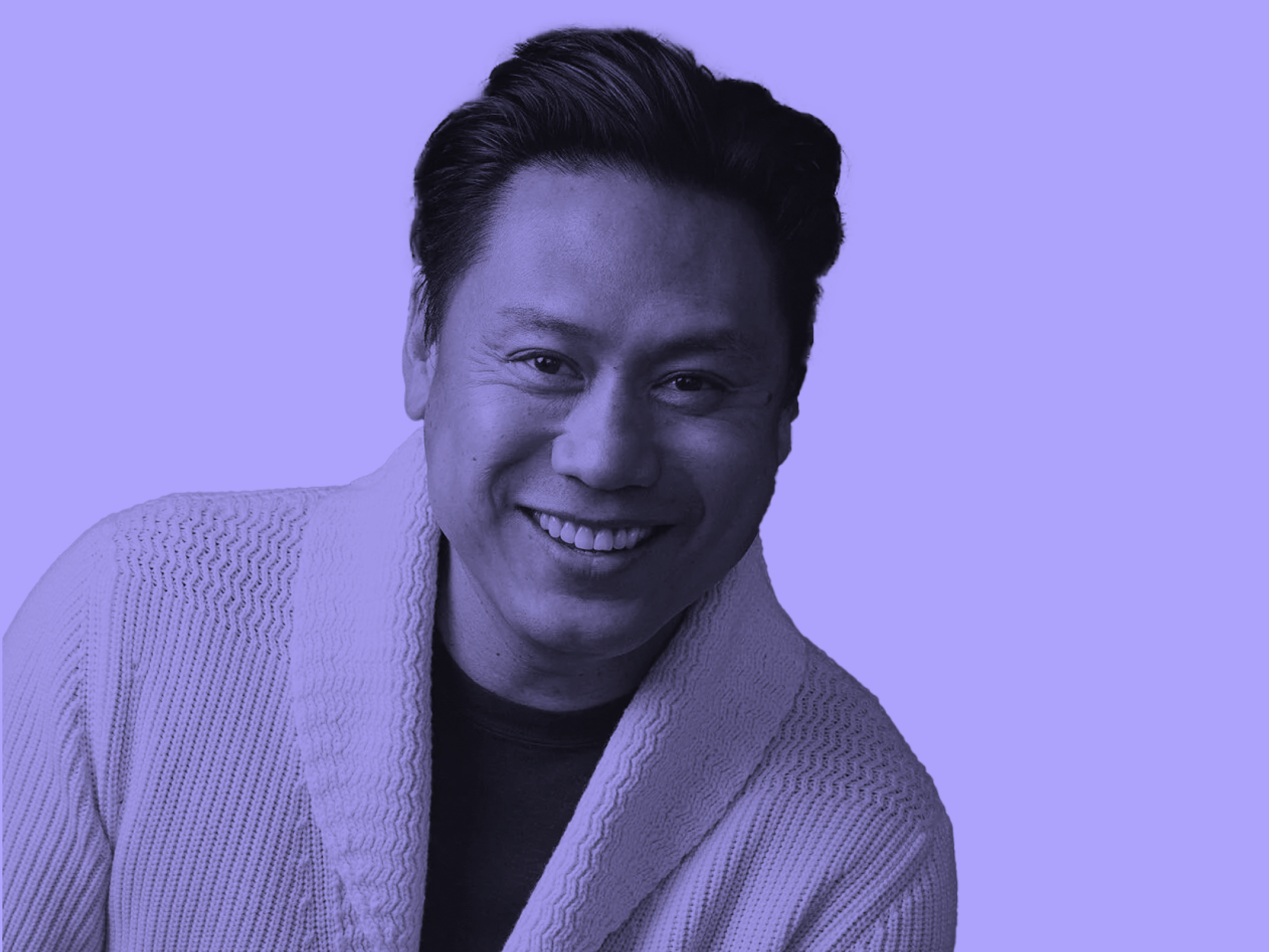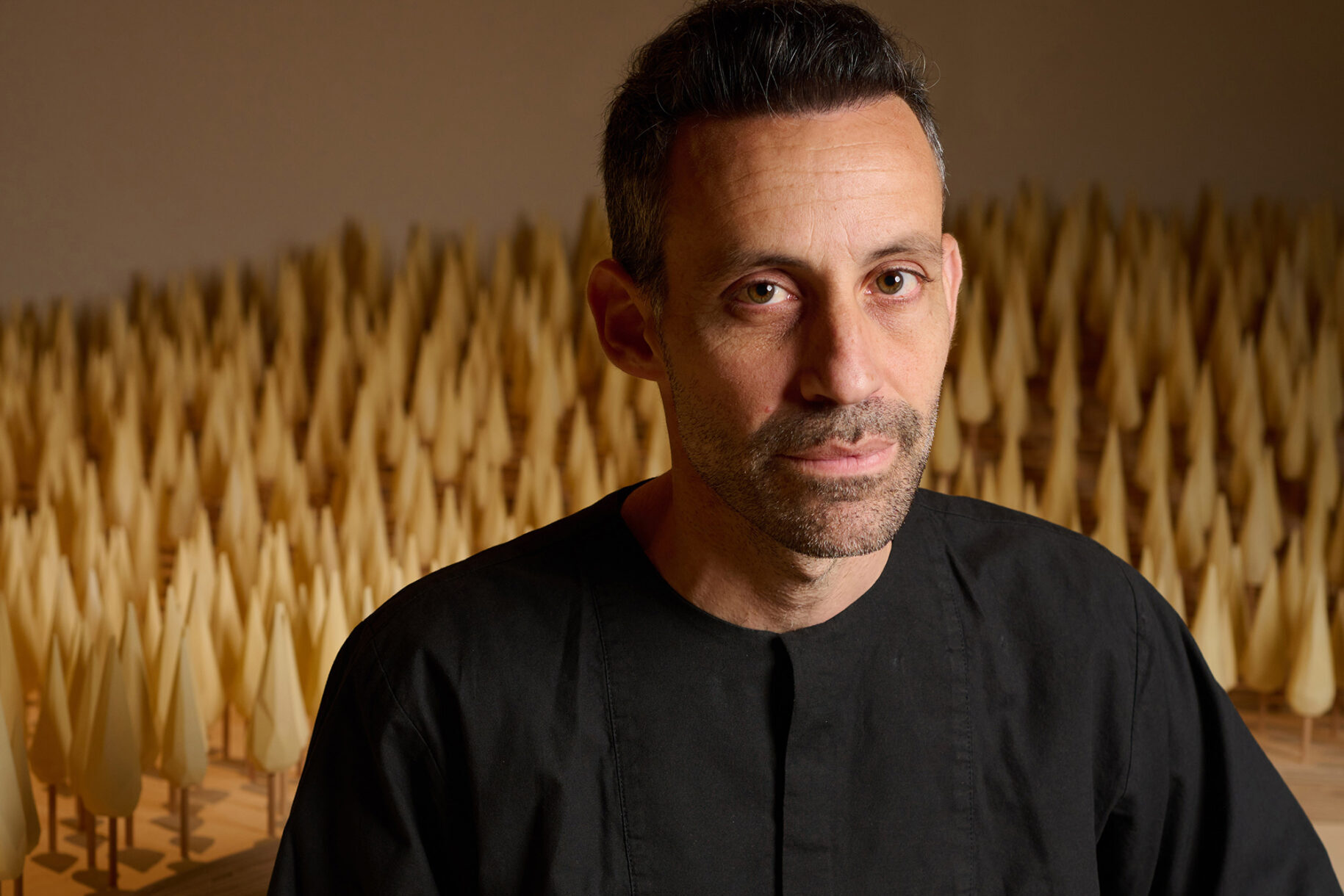
March 14, 2018
Chain Letters: Lindsay Peoples

This interview is part of an ongoing Design Observer series, Chain Letters, in which we ask leading design minds a few burning questions—and so do their peers, for a year-long conversation about the state of the industry.
In March, we celebrate Women’s History month and how to better design for inclusivity.
Lindsay Peoples is the fashion market editor of The Cut, New York magazine’s site for women, where she writes about fashion, race, and culture, and conceives trend stories and daily shopping posts. She is also the bridal editor for New York’s twice-yearly Weddings magazine, styling shoots and coming up with concepts. Prior to joining The Cut, Lindsay worked at Teen Vogue and Style.com/Vogue.com. Her work has also appeared in ELLE UK, Oprah, Essence, Brides, other publications and media outlets. Lindsay won a 2017 ASME Next award honoring outstanding achievement by magazine journalists under the age of 30.
Which woman has influenced you the most in your life? She doesn’t have to be a designer.
I’ve been super fortunate to have so many strong, amazing women in my life. But my mother has been influential in everything I’ve done. When I started in fashion and didn’t know anyone, she gave me the confidence to feel like I belonged and had the right to be there. She’s always encouraged me and pushed me further. To this day, even if I know she has no idea what I’m talking about—whether it be a designer or a trend story I’m working on—she always listens, tries to understand, and supports me as much as she can. Her support means the world to me.
I find it odd when people don’t feel they have a responsibility to engage in activism—especially creators. We have the ability to influence the public’s opinions, and not using our platform to inform and educate seems so foolish.
The Guerrilla Girls, a group seeking to expose sexism in the art world, refer to themselves as “feminist activist artists.” When, if at all, is it a designer or artists’ responsibility to engage in political discourse?
I find it odd when people don’t feel they have a responsibility to engage in activism—especially creators. We have the ability to influence the public’s opinions, and not using our platform to inform and educate seems so foolish.

Left: Lindsay Peoples @lpeopleswagner. Center: Lindsay Peoples @lpeopleswagner. Right: Lindsay Peoples @lpeopleswagner.
What advice would you give to a young woman today? Why?
Don’t compare yourself to other people. Especially with social media, I think it’s common to look at someone else’s life and pick up on something they’re doing that you wish you were doing, or to ask yourself why things are happening for them that aren’t for you. Stay in your lane and be patient. What’s yours has and always will be yours.
Stay in your lane and be patient. What’s yours has and always will be yours.
AIGA’s Women Lead initiative is launching Double or Nothing—a campaign to double the number of women in leadership roles in the creative industries within the next two years. What are you doing in advocacy for women in the workplace and how can it be improved upon?
I’ve been having lots of women of color meetings in my apartment to talk about workplace issues, and how to deal with racism and sexism. It’s turned into a community of women that feel comfortable approaching these issues with management. It’s also allowed a lot of the women to network, connect with people in the industry, and hear about opportunities.
2017 has been called the year of the woman by many; now 2018 has been given the same name from outlets like CNN to U.S. Senator Dianne Feinstein. From a design perspective, what makes you hopeful as we look toward the year ahead?
I’m hopeful that this means more women will be in charge of design decisions—whether that be in magazine covers, commercials, billboards, or anything in between.

Left: Simon Chetrit for Man Repeller via Lindsay Peoples @lpeopleswagner. Center: Simon Chetrit for Man Repeller via Lindsay Peoples @lpeopleswagner. Right: Lindsay Peoples @lpeopleswagner.
From Julian Alexander: How do you handle situations where your personal style and the sensibilities called for in your professional work are at odds?
It’s always tough to figure out how you want to present yourself at work, especially if the culture and people aren’t what you’re used to. In the past, I conformed a lot to what other people were into, and now those pieces in my closet feel extremely foreign to me. I’m shocked I ever even wore them. My motto now is that, while obviously appropriate, I have the right to dress how I feel—whether it be bossy, casual, or sexy.
Next week: Lindsay asks Rhea Combs, Supervisory museum curator, photography and film, and director, Earl W. and Amanda Stafford Center for African American Media Arts at the Smithsonian National Museum of African American History & Culture: How do you go about making sure that African-American history in photography is preserved and upheld to the standard it deserves?
Observed
View all
Observed
By Lilly Smith
Related Posts

Design Juice
Rachel Paese|Interviews
A quieter place: Sound designer Eddie Gandelman on composing a future that allows us to hear ourselves think

Design of Business | Business of Design
Ellen McGirt|Audio
Making Space: Jon M. Chu on Designing Your Own Path

Design Juice
Delaney Rebernik|Interviews
Runway modeler: Airport architect Sameedha Mahajan on sending ever-more people skyward

Sustainability
Delaney Rebernik|Books
Head in the boughs: ‘Designed Forests’ author Dan Handel on the interspecies influences that shape our thickety relationship with nature
Recent Posts
Mine the $3.1T gap: Workplace gender equity is a growth imperative in an era of uncertainty A new alphabet for a shared lived experience Love Letter to a Garden and 20 years of Design Matters with Debbie Millman ‘The conscience of this country’: How filmmakers are documenting resistance in the age of censorshipRelated Posts

Design Juice
Rachel Paese|Interviews
A quieter place: Sound designer Eddie Gandelman on composing a future that allows us to hear ourselves think

Design of Business | Business of Design
Ellen McGirt|Audio
Making Space: Jon M. Chu on Designing Your Own Path

Design Juice
Delaney Rebernik|Interviews
Runway modeler: Airport architect Sameedha Mahajan on sending ever-more people skyward

Sustainability
Delaney Rebernik|Books
